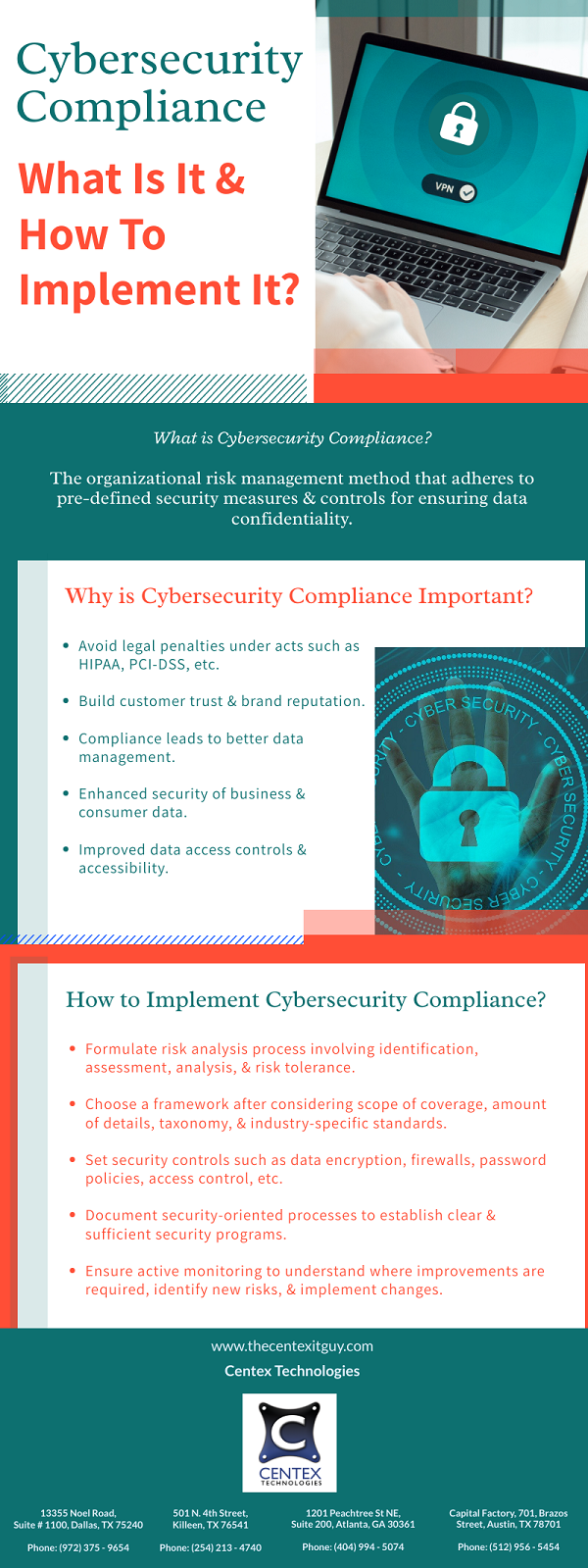As the majority of business operations and data are moving to cloud servers, it becomes imperative to secure cloud servers. The key difference between cloud security and traditional IT security is that the responsibility of securing the server is shared by the cloud service provider and the IT team of the business organization availing the services.
Before discussing cloud security controls, first, it is necessary to understand the importance of cloud security.
98% of business organizations have experienced cloud data breaches since 2020. Source: IDC
Two major factors cause cloud data breaches:
- Misconfigured cloud security controls
- Human error
What are Cloud Security Controls?
Cloud Security Controls refer to the set of security processes or measures implemented by an organization in tandem with the cloud service provider to secure the data stored on the cloud server. These security controls help protect the cloud environment against multiple vulnerabilities and mitigate the effects of cyber security attacks if any.
The term Cloud Security Controls includes best practices, procedures, and guidelines laid down for cloud security.
What are the Key Elements of Cloud Security Controls?
Cloud security controls should provide the following key capabilities:
- They should allow centralized visibility of the complete cloud infrastructure. Due to different access levels, different services or apps within a cloud server can have different configurations. This makes it difficult to keep track of all the configurations and best practices required for cloud security. Implementing tools such as Cloud Workload Protection Platform (CWPP) can help overcome this challenge by providing a centralized view of the cloud server configurations, reviewing configurations, and detecting security loopholes.
- Cloud security controls should be capable of using threat intelligence data to identify existing cyber threats from their attack patterns. This enables the cloud security controls to identify attacks at the nascent stage and respond automatically to mitigate the threat.
- Cloud security controls should be automated for better efficiency. Cloud servers have highly dynamic environments and cyber criminals also keep updating their attack mechanism regularly. Automated cloud security controls help in keeping track of the changes in the environment in real-time without intervention from the IT team. Automation allows cloud security controls to detect threats, respond autonomously, and update themselves to change security policies when a new service or configuration is added to the cloud server’s environment.
- To ensure maximum security, it is important to integrate cloud security controls with security features offered by the cloud service provider. Businesses using SaaS (Software as a Service) should implement cloud security controls to regulate user access. This helps in ensuring data or software is accessed by authenticated users only and identifying the security risks related to the data or application.
Different Types of Cloud Security Controls
Based on the nature of the operation, cloud security controls can be categorized into four types:
- Deterrent Controls: These security controls do not perform any action to secure the cloud server environment but act by issuing a warning to potential threat actors. For example, conducting a background check on employees to intimidate them from launching an insider attack.
- Preventive Controls: The purpose of these controls is to manage and protect vulnerabilities within the cloud server. Some examples are disabling inactive ports, authenticating cloud users, etc.
- Detective Controls: These controls utilize detection and monitoring tools to detect approaching cyber-attacks and intrusions.
- Corrective Controls: These controls are implemented to limit the damage caused by a cyber-attack.
Centex Technologies provide cybersecurity solutions to business. To know more about cloud security controls and how to protect your cloud applications, contact Centex Technologies at Killeen (254) 213 – 4740, Dallas (972) 375 – 9654, Atlanta (404) 994 – 5074, and Austin (512) 956 – 5454

